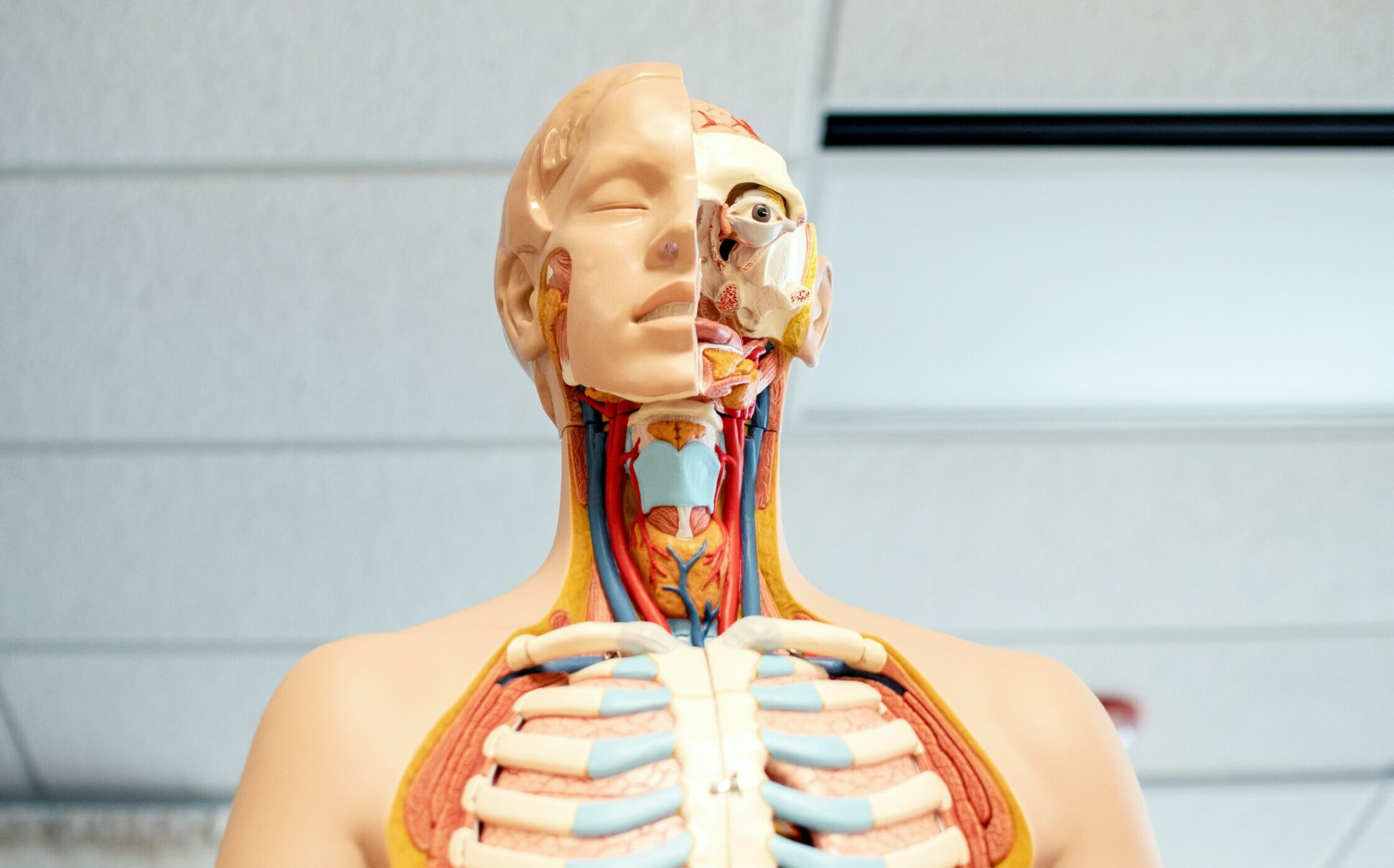The advent of organ transplantation marked a transformative epoch in medical science, redefining possibilities for treating end-stage organ failure. This report explores the historical trajectory of the first organ transplant, highlighting key milestones, scientific contributions, and societal impacts, culminating in the first successful procedure in 1954.
Historical Context
The concept of tissue transplantation dates to ancient practices, with Indian and Chinese texts referencing skin grafts. However, modern transplantation required advancements in surgical techniques and immunology. In the early 20th century, Alexis Carrel’s pioneering work on vascular suturing, recognized with the 1912 Nobel Prize, provided the technical foundation for organ transplantation. Despite this, immune rejection posed a formidable barrier, as the body’s defense mechanisms attacked foreign tissues.
Early Attempts
In 1933, Ukrainian surgeon Yu Yu Voronoy performed the first documented human kidney transplant in Kiev. Using a deceased donor’s kidney, Voronoy transplanted it into a patient with renal failure. Lacking immunosuppressive drugs, the organ failed within days, and the patient succumbed. Though unsuccessful, Voronoy’s attempt demonstrated the feasibility of organ transfer, igniting further research.

The First Successful Transplant
The landmark success came on December 23, 1954, at Peter Bent Brigham Hospital in Boston, led by Dr. Joseph Murray. The patient, Richard Herrick, aged 23, received a kidney from his identical twin, Ronald, circumventing rejection due to their genetic similarity. Murray’s team meticulously connected blood vessels and the ureter, ensuring functionality. The kidney thrived, granting Richard eight additional years of life. This achievement, underpinned by prior animal studies and surgical precision, earned Murray the 1990 Nobel Prize in Medicine. It marked the dawn of clinical transplantation.
Scientific and Societal Impact
The 1954 transplant catalyzed advancements in immunosuppression, with drugs like azathioprine enabling non-identical donor transplants by the 1960s. Subsequent milestones included the first heart transplant in 1967 by Christiaan Barnard and liver transplant in 1963 by Thomas Starzl. Ethically, early transplants sparked debates over donor consent and organ sourcing, shaping modern bioethical frameworks. Today, over 150,000 transplants occur annually, supported by innovations like machine perfusion and xenotransplantation research.
Conclusion
The journey from Voronoy’s bold experiment to Murray’s triumph illustrates the synergy of scientific innovation and perseverance. The first organ transplant not only saved lives but also redefined medical possibilities, laying the foundation for modern transplantology. Its legacy endures in ongoing advancements and ethical considerations, ensuring its relevance in 21st-century medicine.
References
Murray, J. E. (1992). Nobel Lecture: The First Successful Organ Transplants in Man.
Carrel, A. (1912). Nobel Lecture: Suture of Blood Vessels and Transplantation of Organs.
Starzl, T. E. (1992). The Puzzle People: Memoirs of a Transplant Surgeon.















